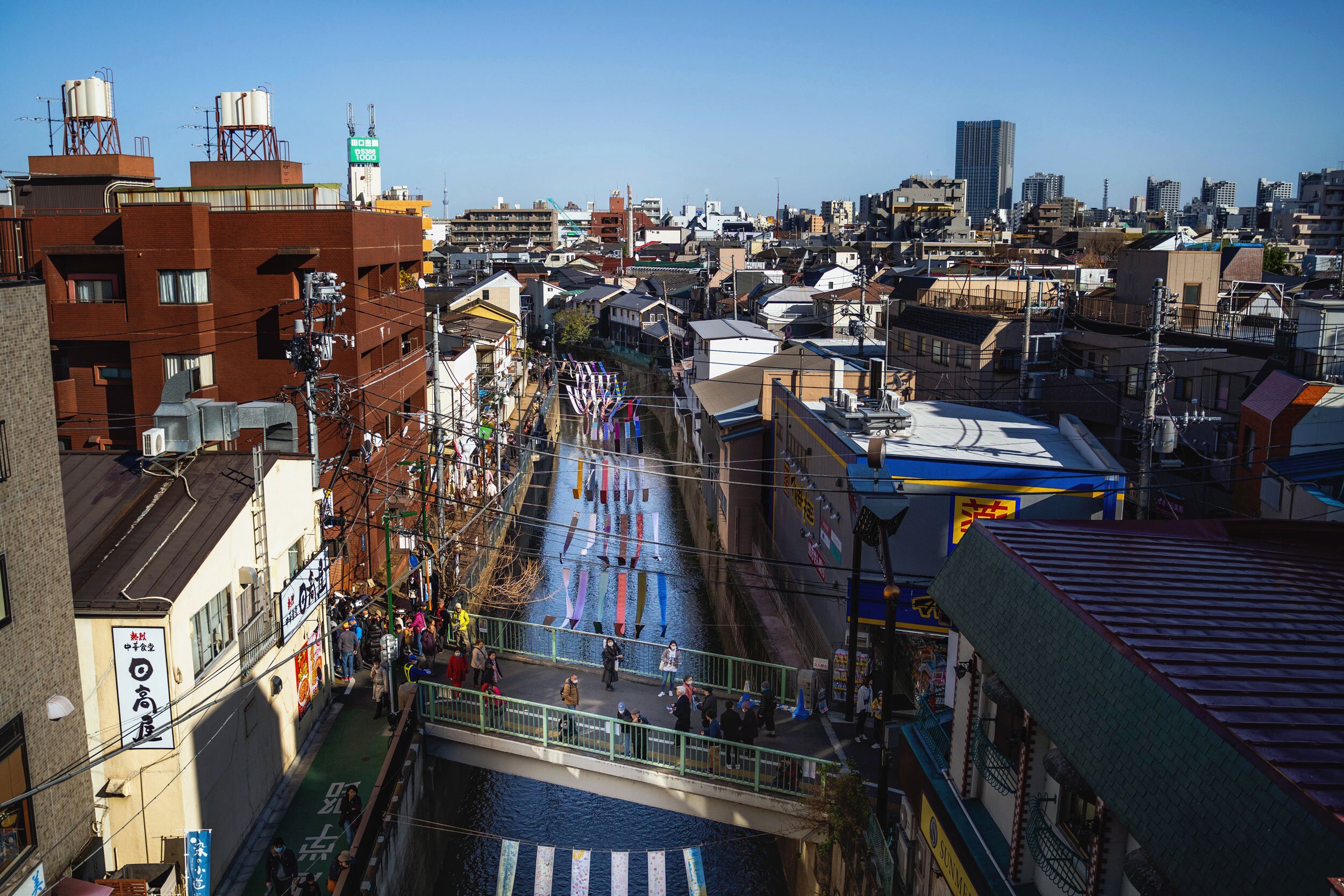Nakai, Tokyo: Somenokomichi Festival
A small, residential area near Shinjuku, Nakai puts on an annual festival in recognition of its fabric-dyeing heritage.
Sapporo and Niseko
Two trips to Sapporo for the Snow Festival and a little snowboarding trip to Niseko didn't disappoint.


